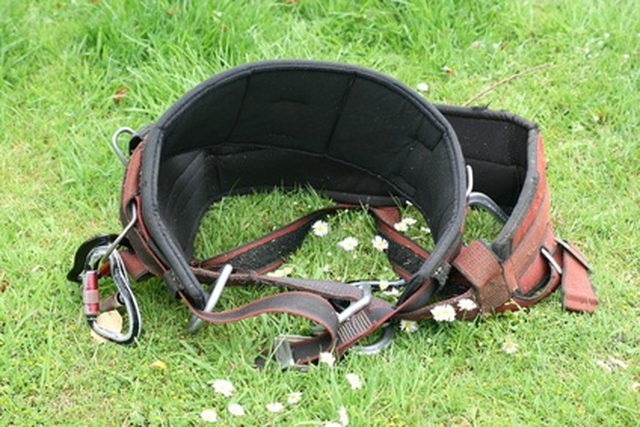Bulbs
Flower Basics
Flower Beds & Specialty Gardens
Flower Garden
Garden Furniture
Garden Gnomes
Garden Seeds
Garden Sheds
Garden Statues
Garden Tools & Supplies
Gardening Basics
Green & Organic
Groundcovers & Vines
Growing Annuals
Growing Basil
Growing Beans
Growing Berries
Growing Blueberries
Growing Cactus
Growing Corn
Growing Cotton
Growing Edibles
Growing Flowers
Growing Garlic
Growing Grapes
Growing Grass
Growing Herbs
Growing Jasmine
Growing Mint
Growing Mushrooms
Orchids
Growing Peanuts
Growing Perennials
Growing Plants
Growing Rosemary
Growing Roses
Growing Strawberries
Growing Sunflowers
Growing Thyme
Growing Tomatoes
Growing Tulips
Growing Vegetables
Herb Basics
Herb Garden
Indoor Growing
Landscaping Basics
Landscaping Patios
Landscaping Plants
Landscaping Shrubs
Landscaping Trees
Landscaping Walks & Pathways
Lawn Basics
Lawn Maintenance
Lawn Mowers
Lawn Ornaments
Lawn Planting
Lawn Tools
Outdoor Growing
Overall Landscape Planning
Pests, Weeds & Problems
Plant Basics
Rock Garden
Rose Garden
Shrubs
Soil
Specialty Gardens
Trees
Vegetable Garden
Yard Maintenance
How to Climb a Tree to Cut it Down
How to Climb a Tree to Cut it Down. While cutting down trees is often a straightforward task, the process can be made more complicated, if the tree has obstacles in its drop zone. For example, a tree that grows in a fenced-in residential area may have neighboring homes, fences and yards in its fall zone. When simply dropping a tree is not an...

While cutting down trees is often a straightforward task, the process can be made more complicated, if the tree has obstacles in its drop zone. For example, a tree that grows in a fenced-in residential area may have neighboring homes, fences and yards in its fall zone. When simply dropping a tree is not an option, the next choice is to remove the tree in sections. Arborists frequently cut down a tree, by climbing it and removing it piece by piece.
Things You'll Need
Tripod ladder
Chain saw
Fall arrest harness
Rope
Tie a tripod ladder to the trunk of a tree. Tying a ladder to the tree will help stabilize it. A tripod ladder is more secure than a leaning hardware ladder, and is designed for use in orchards or for working around trees.
Start your chain saw motor and place the saw on the ground.
Tie a rope to the chain saw handle.
Buckle a fall-arrest harness around yourself. Slip the securing line around the trunk of the tree and fasten it to the fall-arrest harness.
Climb the tree using the tripod ladder. Slip the fall arrest harness up the trunk, as you climb the tree. Carry the rope from the chain saw, as you climb the tree.
Tie a rope to each section of tree that you want to cut down.
Lift the chain saw up to you, by pulling it up with the rope. Use the chain saw to cut limbs and sections of the tree that are lower than chest high. Cut through a trunk or limb section at a 90-degree angle, one-third of the way through the tree, so that a triangular-looking chunk has been removed from that side. On the opposite side, cut into the tree, straight across, two-thirds of the way through, so that the blade hits the area where the angled cut was placed, suggests Oregon State University. The limb will fall in the direction of the 90-degree angled cut.
Lower the cut section of tree to the ground, slowly.
Tips & Warnings
Other methods for climbing a tree to in order to cut it down include using climbing spikes, a cherry picker or a crane with a bucket attachment. Always be certain that you are well-trained on any climbing equipment, before attempting to use it.
Always wear safety equipment: gloves, sturdy boots, long pants, long sleeves, a hard hat and safety goggles.
Attempting to fell a tree that you have climbed is a dangerous process. If you are unfamiliar with the equipment you are using or unsure of your climbing ability, hire an arborist to remove the tree. Do not attempt to remove a tree that is near power lines. Doing so is not only dangerous, it can be deadly.